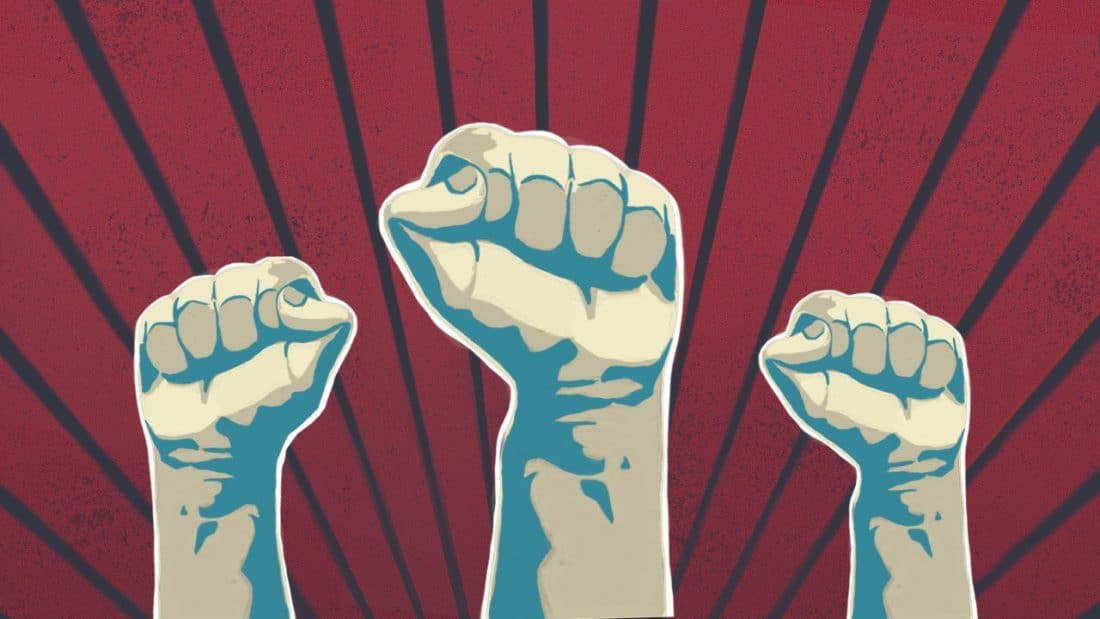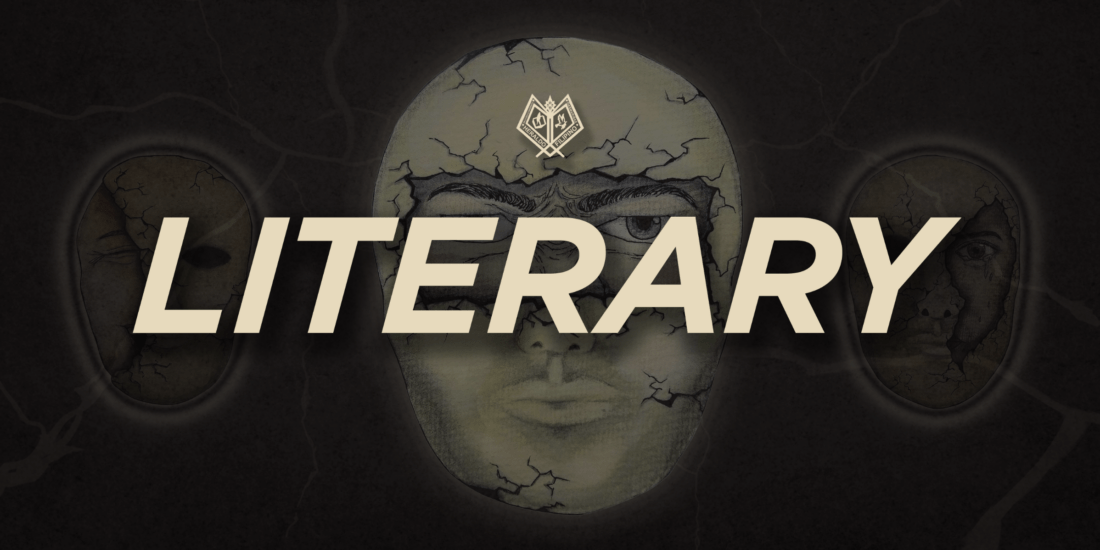The story behind the raised fist symbol of revolution
The revolutions that we have read in history books have this very familiar scene— people on the streets, with their clenched fists raised in the air, shouting for their voice to be heard.
The clenched fist we associate with revolution and defiance has its own history as well. This image of revolution has its story to tell, one that tells the struggles in the fights that the people have fought in the streets—the fights that led to where we find ourselves today.
The story of the fist
A song written by French socialist Eugene Pottier while in prison after the Paris Commune in 1871, was adopted from the second Internationale in 1904 as the anthem of the working class movements. Later on, it was chanted by the anarchists, communists and the socialists with arm-stretched and fist raised.
“Ye workers from your slumbers
Arise ye prisoners of want
For reason in revolt now thunders
And at last the age of can’t
Away with all your superstitions
Servile masses arise, arise
We’ll change henceforth the old tradition
And spurn the dust to win the prize
So comrades, come rally
And the last fight let us face
The Internationale unites the human race.”
Ironically, despite how many times it has been used for various political purposes, the clenched fist was actually one of the sole symbols that didn’t adhere to any party—or to any country.
This is because the clenched-fist has been used by all sorts of people, may they be anarchist, socialist, communist, revolutionaries, and even feminists. In his article, A poster is a punch! art curator Pascale Le Thorel lists down the many instances the raised fist served as a symbol of struggle—of the oppressed fighting back against their oppressors—arms raised and fists clenched.
“The fist, raised in anger and solidarity, now an identification sign, endlessly emerges across the world,” Le Thorel says.
The fist swept the world during the darkest days of Nelson Mandela, going all the way back to his imprisonment until the day of his liberation. Since it was broadcasted worldwide, more countries have gained awareness on the meaning behind the ‘fist’, resulting in a much more widespread use across the world.
In the Philippines
If we take a look back, one might actually find that the fist symbol has been a big part of our history. We’ll see this gesture in so many remarkable people that have shown the power to fight and to face the struggles.
One among the list would be the Katipuneros led by Andres Bonifacio. For them, the clenched fist served as a symbol of solidarity, especially during the Cry of Pugad Lawin when they tore their cedulas in defiance of their allegiance to Spain.
Power of the people
More than a symbol of revolution or insurgence, the fist actually stands for something even more profound than the act of defiance: in one of the most unforgettable, chill-inducing moments of Philippine history—the fist also stood for the power of the people—during the February 22 to 25 1986 EDSA People Power Revolution that toppled the former president Ferdinand Marcos out of his dictatorship.
It is true that history repeats itself as another EDSA People Power happened again from January 17-20, 2001. Protesters did the famous fist sign again while shouting, “ERAP, Resign.” This served as their protest against the presidency of Joseph Estrada, pushing him to resign for corruption.
The clenched fists we see today
Up to this date, the clenched fist serves as a symbol of movement and solidarity among the people—of individuals united with a single cause, different voices blending together as one. Today, we see the clenched fist taking part in the Black Lives Matter movement, where thousands of supporters all over the world take up arms and battle racism in their own ways: may it be within their homes, protesting in the streets, or being allies to the movement.
Meanwhile, in the Philippines, the clenched fist also makes its appearance through our youth and human rights activists, as they fight against the passing of Anti-Terrorism Bill. The bill, which has the potential to be weaponized against the common people, continues to be the subject of debate even until now. Times have changed indeed, even now as we battle COVID-19. But the purpose of the clenched fist stays the same no matter the cause: always symbolizing the struggle of the people, for the people.
***
Be that as it may, the fist will always represent the fight of the oppressed to their oppressors, as the fist continues to symbolize the pains and struggles unbeknownst to some. As the years passed, interpretations, meanings have prevailed at some point. But they do not know that this gesture will be used to fight, to serve, and to make something new.
The fight of the people does not end with the revolutions that we read in history books. We have seen people raise their fist and led the change we find ourselves in today. It is now our turn to raise ours.



